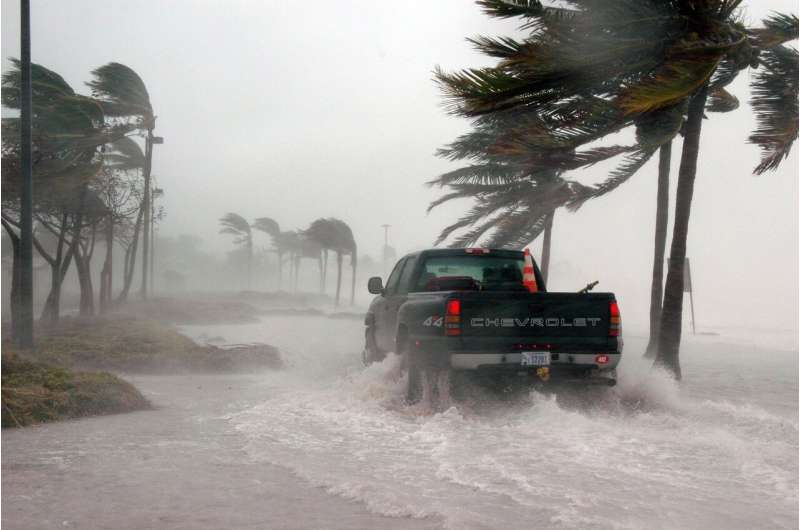Living in Hurricane-Flooded Areas Increases Mortality Risk Among Older Adults by 9%

Living in hurricane-affected flood zones increases the long-term mortality risk for older adults, with a 9% higher risk observed up to five years post-disaster. Research highlights the importance of regional disaster preparedness and long-term health interventions for vulnerable seniors.
Recent research highlights the long-term health impacts of residing in regions affected by hurricanes and flooding. The study focused on areas impacted by Hurricane Sandy in 2012, which caused widespread destruction across the northeastern United States, including transportation disruptions, property damage, and power outages. While immediate threats of disasters are well understood, less is known about their prolonged health effects, especially on vulnerable populations.
Scientists investigated whether older adults who remained in flood-affected areas faced increased mortality risks over the following years. The findings revealed that older residents living in flooded regions experienced a 9% higher risk of death from any cause up to five years after the hurricane, compared to those living in unaffected zones. This underscores the importance of considering long-term health consequences when managing disaster response and recovery.
The study examined nearly 300,000 Medicare beneficiaries aged 65 and above, residing within specific zip codes in New York, New Jersey, and Connecticut, with some areas heavily impacted by flooding. Researchers controlled for various demographic factors such as age, gender, race, and socioeconomic status. They found that flood exposure was linked to increased mortality risk, especially in regions like Connecticut and New York City, where mortality increased by 19% and 8%, respectively.
Interestingly, regional differences were observed, with Connecticut showing the highest long-term mortality increase despite its higher average income and less demographic overlap with urban centers like NYC. The reasons for regional variation remain unclear but may involve factors like infrastructure resilience, regional policies, and specific disaster response strategies.
These findings emphasize the significance of regional and long-term planning in disaster preparedness, especially for older populations who are more susceptible to health declines post-disaster. Future efforts should incorporate targeted interventions to mitigate ongoing health risks to vulnerable residents in flood-prone areas.
Source: https://medicalxpress.com/news/2025-08-hurricane-areas-older-adults-mortality.html
Stay Updated with Mia's Feed
Get the latest health & wellness insights delivered straight to your inbox.
Related Articles
New Insights into Differentiating Autism and ADHD for Better Clinical Diagnosis
Recent UC Davis research highlights the overlap between autism and ADHD, emphasizing the importance of accurate early diagnosis for effective treatment and improved outcomes.
New Insights from Heart Rhythm Testing Could Help Prevent Sudden Death in Individuals Under 35
Innovative analysis of heart rhythm tests identifies early signs of heart disease in young people, offering new hope for preventing sudden cardiac death among those under 35.
Understanding the Summer COVID Surge and the 'Razor Blade Throat' Phenomenon
Summer COVID-19 cases are rising, with the NB.1.8.1 variant causing a distinctive 'razor blade throat.' Despite increased transmission, hospitalizations and deaths remain low thanks to vaccines and ongoing health measures.
Rising Alcohol-Related Liver Deaths in Women and Young Adults Revealed by Recent Study
New study reveals a rapid increase in alcohol-related liver disease deaths, especially among women, young adults, and Indigenous communities, highlighting ongoing public health challenges.



